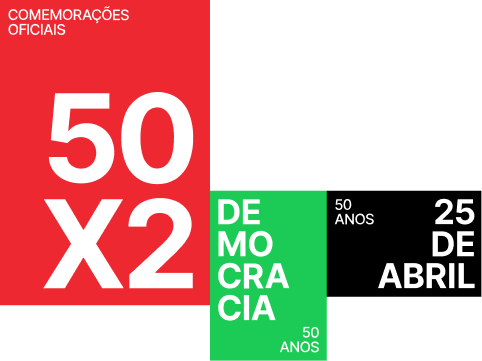The mobilisation
The Vigil of Capela do Rato began on December 30th, 1972. The group of Catholics who prepared it announced the event at the end of mass Saturday afternoon and appealed to those present to join the initiative, remaining on the scene (the headquarters of Catholic School Youth) to divulge it as well as to contribute to promoting peace.
The next day, Sunday, papers appealing to the presence and participation in the joint reflection that took place in Capela do Rato about the Colonial War and ways to obtain peace were distributed at the entrance of churches in Lisbon and in the south margin of Tejo. Denouncing unfairness, breaking the silence on the course of the war in Angola, Guinea and Mozambique and fighting for peace were declared objectives. The hunger strike expressed solidarity toward the victims of the war. They appealed furthermore to promoting initiatives with the same purposes.
On Sunday afternoon, the Revolutionary Brigades made petards explode in various points of Lisbon, Barreiro and Seixal, with flyers announcing the Christians’ hunger strike against the Colonial War and appealing to workers to join the initiative happening in Capela do Rato.
The vigil
Read by Maria da Conceição Moita at the end of Saturday’s mass, on December 30th, 1972, the vigil of Capela do Rato’s initial message presented its purpose: freely debating the Colonial War’s problem and the causes of the impossibility of having peace in Portugal since 1961. It echoed Paul VI’s message for World Day of Peace: “peace is possible”. Breaking the silence surrounding the war was one of the final appeals.
On December 30th and 31st, the motions approved by the people present repudiated the continuation of the Colonial War as a practice of terror and genocide of local populations. They denounced the oppression of young people and workers who protested against the war and vehemently opposed the Portuguese bishops’ silence about the war.
The posters put up on Capela do Rato’s walls communicated central ideas from the initial message and the motions: the debate among Christians and non-Christians about the problems caused by the Colonial War; the hunger strike in solidarity with its victims; a protest against the Portuguese bishops’ silence on the wars in Africa.

